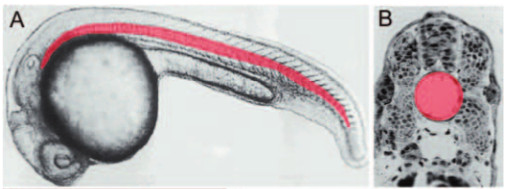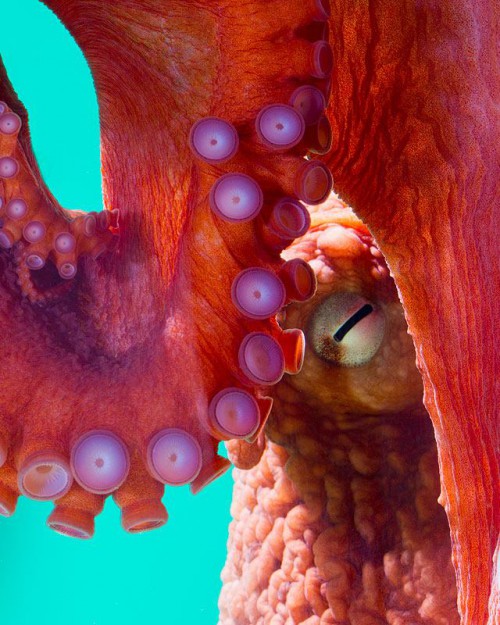Orac once again takes down Vox Day. Day read a study and misinterpreted it, which isn’t too surprising — Day is not particularly bright. In this case, the study was looking for correlations with Personal Belief Exemptions (PBEs). That is, they were trying to figure out what kind of traits underlie anti-vaccination attitudes. What wasn’t surprising is that they found a lot of well-off white people who oppose vaccination.
That played right into Vox Day’s biases. He opposes vaccination, so smart people oppose vaccination; he’s white and well-off, which to him is synonymous with being intelligent and right, so it turns into a regular orgy of confirmation bias.
The news that anti-vaxxers are whiter, wealthier, and better-educated than those who place blind faith in vaccines won’t surprise anyone who has actually engaged a vaccine enthusiast on the subject. None of them know anything about history, few of them know anything about science, and all of them are prone to simply repeating the usual vaccine scare rhetoric






